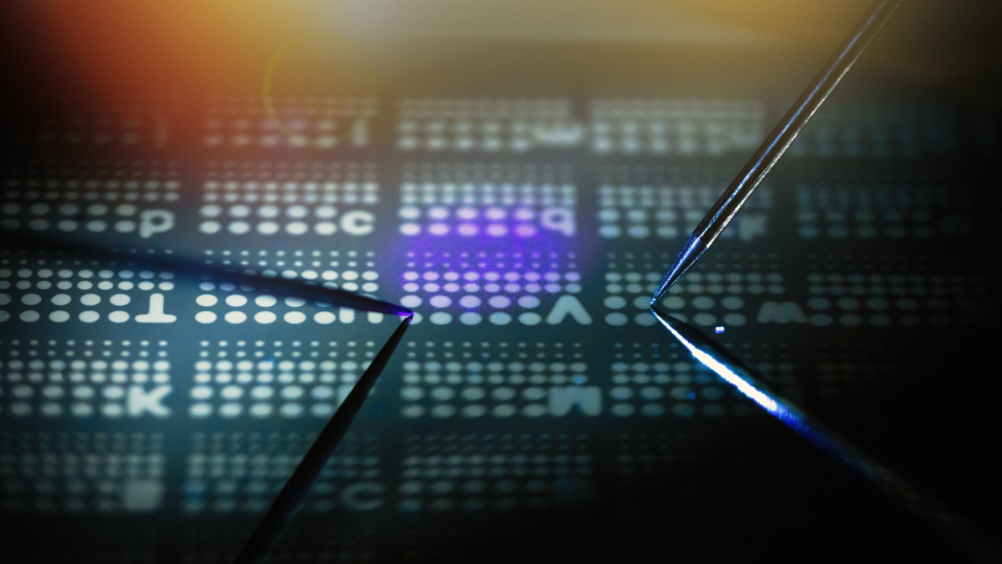In-memory light sensor provides artificial visual perception
Scene recognition is one of the visual perception capabilities of digital image sensors developed at King Abdullah University of Science and Technology (KAUST).

Exploiting charge-coupled device (CCD) image sensors found in early digital cameras, Dayanand Kumar, Nazek El-Atab and colleagues have adapted and enhanced the CCD’s core structure to create memory devices that can be programmed by light. In particular, the research team embedded the two-dimensional material MoS2 (molybdenum disulphide) into a semiconductor capacitor (MOSCAP) structure that underpins the charge-storing pixels of a CCD sensor.
The resulting Al/Al2O3/MoS2/Al2O3/Si MOSCAP structures are claimed to function as a charge-trapping ‘in-memory’ sensor that is sensitive to visible light and can be programmed optically and erased electrically.
“The in-memory light sensors are smart multifunctional memory devices that can perform the roles of multiple - traditionally discrete - devices at once, including optical sensing, storage and computation,” El-Atab said in a statement. “Our long-term goal is to be able to demonstrate in-memory sensors that can detect different stimuli and compute.”
Register now to continue reading
Thanks for visiting The Engineer. You’ve now reached your monthly limit of news stories. Register for free to unlock unlimited access to all of our news coverage, as well as premium content including opinion, in-depth features and special reports.
Benefits of registering
-
In-depth insights and coverage of key emerging trends
-
Unrestricted access to special reports throughout the year
-
Daily technology news delivered straight to your inbox










CCC Report Finds UK Climate Targets Still Within Reach
In 1990 67% of the UK´s electricity came from coal-fired power stations and even without renewables the transition to gas was a major contributor to...